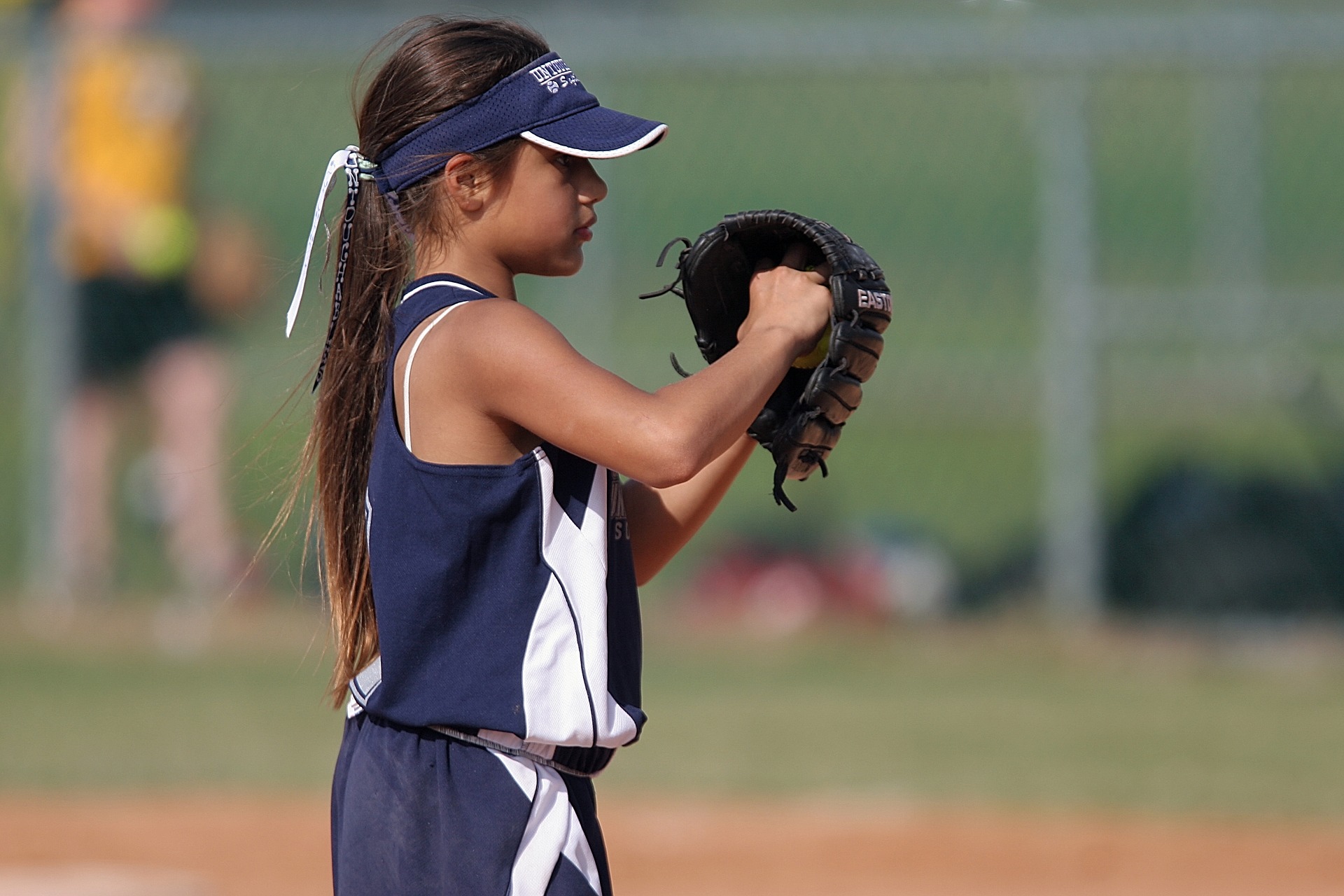Baseball Season: How to prevent injuries to your "little slugger"
 |
 |
 |
 |
 |
Younger kids can experience broken bones, knee damage like Anterior Cruciate Ligament (ACL) tears, separated shoulders, pitcher’s elbow, and more. These injuries do not just apply to high school and college athletes. Lemak Health has recognized more and more children under the age of 14 are participating in competitive sports such as soccer, baseball, gymnastics, and cheerleading. While sports can be a fun way to develop leadership skills, teamwork, and gain an appreciation for the rewards of their hard work, they can also lead to serious injuries that may affect the rest of their lives.
Child Sports Injuries are on the Rise
According to the Center for Disease Control (CDC), over 920,000 kids require medical treatment for sports-related injuries each year. Common injuries and conditions include heat stroke, knee, neck and back injuries, concussions, stress fractures and others. Recent studies conducted by the American Orthopaedic Society for Sports Medicine (AOSSM), American Academy of Orthopaedic Surgeons (AAOS), and Sports Trauma and Overuse Prevention (STOP) STOP program, have shown a significant upswing in youth sports injuries since 2000.
Mininder S. Kocher, MD, MPH, professor of orthopedic surgery at Harvard Medical School and associate director of the Division of Sports Medicine at Boston Children’s Hospital, correlates the upsurge in childhood sports injuries with what he calls the “professionalization” of childhood sports, where a heavy emphasis is placed on winning, which although a part of healthy competition, can put kids under pressure to perform past their abilities.
He also notes that there has been a significant decline in what he terms as “free play”, at the same time as more and more kids play on the field year-round. Free play, such as running, jumping and climbing, naturally increase core body strength, flexibility, and overall conditioning. Without it, kids may focus solely on one skill, such as pitching, which can create overuse injuries due to high levels of repetition with specific muscle groups.
How to Reduce the Chance of Sports-Related Injury for Your Child
Sometimes even extremely talented youth players, who may have a future in professional sports, can train too hard. This can result in injuries that may permanently sideline a promising future in the sports they love. Younger athletes can easily push their bodies too far, causing injuries that can potentially affect them for the rest of their lives. Below is a helpful list of things you can do to help them reap all the wonderful benefits of sports, with fewer injuries.
Keeping Your Young Athlete at the Top of Their Game
- First and foremost, make sure your child is healthy enough to play sports. They should have a preseason physical before they engage in competitive sports. Regular checkups and proper medical care can also help spot small issues before they become bigger ones.
- Make sure they understand the importance of using safety gear, as well as the proper warm ups and cool down periods. They also need to understand they should never play through pain. If they have pain, it is their body’s way of signaling that something is wrong, and they need to take a break, and or get medical attention.
- Make nutrition and hydration a priority. Athletes should be encouraged to hydrate. They also need to eat a well-balanced diet, to provide the fuel they need to play, thrive, and grow on and off the field.
- Make time for your child to enjoy free-play, or maybe even cross train in different activities or play different kinds of sports. For example, a child who plays soccer joins the swim team, plays basketball, or Little League Baseball. This can help reduce the constant strain placed by repetitive motions using the same muscle groups. Cross training and free-play can also build core muscles, which can help prevent overuse injuries. According to Dr. Lawrence Lemak, renowned orthopedic surgeon and founder of Lemak Health and The National Center for Sports Safety, athletes who engage in multiple sports are less likely to endure sports-related overuse injuries.
"As we continue to work on ways to make sports safer and more rewarding for all of our young athletes this information supports the fact that you can do multiple sports and still be successful. Great information in light of the latest research by McGuine out of UW-Madison showing there is a decreased injury rate in high school aged, multiple-sport athletes."
At Lemak Health, we understand the many wonderful benefits that childhood sports can offer. Our dedicated and caring orthopedic specialists are experts in all areas of sports medicine. We are here, ready to help your little slugger get back to the game they love as soon as possible after an injury. If you would like to know more about sports medicine, or our advanced orthopedic care for patients of all ages, please call us at 205-397-5200. You can also email us at info@lemakhealth.com.
